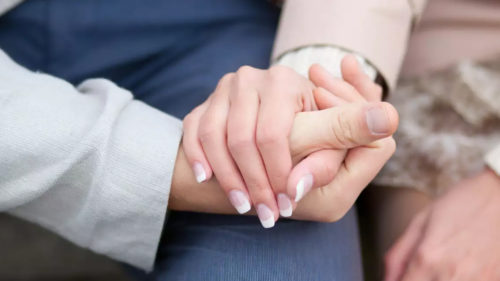Right to Die with Dignity

In a landmark verdict, Supreme Court said people have the right to die with dignity that permits the removal of life support systems for the terminally ill or those who slip into an incurable coma. The apex court allowed the ‘living will’ that lets people decide against artificial life support system. The group of five judges including Chief Justice Dipak Misra said, “When the sanctity of life is destroyed, should we not allow them to cross the door and meet death with dignity? For some, even their death could be a moment of celebration.”
Here are nine salient points on the landmark decision:
1. The ‘living will’ authorises patients to provide explicit directives well in advance about the medical treatment to be administered under the condition of terminal illness or when they can longer express informed consent.
2. A person suffering from a terminal illness has the right to refuse medical treatment to avoid “protracted physical suffering”, is highlighted by the judgment peppered with quotes of writers and philosophers.
3. The judges clearly stated issuing specific guidelines – passive euthanasia will apply only to those that are terminally ill with no hope of recovery until a law was enacted.
4. Passive Euthanasia is a condition where the medical treatment is deliberately withdrawn to quicken the demise of a terminally ill patient.
5. A family member or a friend can reach out to the High Court to contest a living will. The court will ask the medical board to decide if passive euthanasia is needed.
6. While reading out the judgment, The Chief Justice remarked that though there were four separate opinions of the bench, all the judges were unanimous that the ‘living will’ should be permitted since a person cannot be allowed to continue suffering in a comatose state when he or she doesn’t wish to live.
7. A national debate over the legalisation of euthanasia began around ArunaShanbaug in 2011. She was a nurse who was brutally raped in 1973 and remained in a vegetative state for 42 years before passing away in 2015.
8. The Supreme Court rejected the petition of force-feeding of Aruna Shanbaug in 2011 but for the first time allowed passive euthanasia for terminally ill patients.
9. Active euthanasia, by administering a lethal injection, remains illegal in India.
Disclaimer: This content including advice provides generic information only. It is in no way a substitute for qualified medical opinion. Always consult a specialist or your own doctor for more information.
